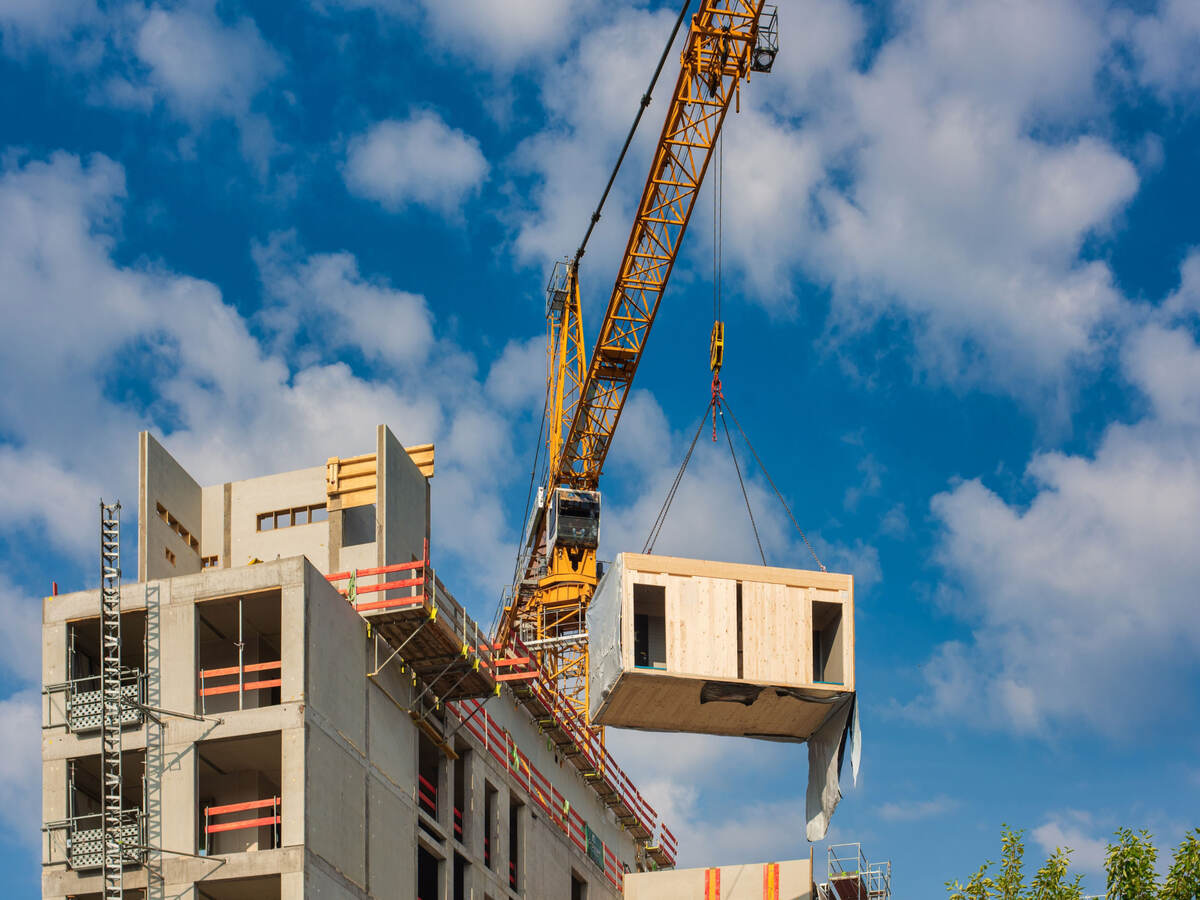June 5, 2024
By Mike Halligan, global program manager, UL Solutions Building Inspections
The terms “factory-built buildings,” “prefabricated buildings,” “container buildings,” “modular buildings” and “modular rooms” all describe buildings or portions of buildings manufactured off-site and shipped to a destination different from where they were built. Modular buildings are used for residences, hotels, healthcare facilities, offices, data centers and energy storage systems, to name a few. They are a vital and growing trend in the built environment.
Modular construction has evolved from its origin in 1920s New York modular diners to high-rise buildings reaching 24 stories (Victoria Hall, England) and higher. Fabrication in off-site factories culminating in final assembly at the building site is cost-effective, prevents on-site weather delays and saves time. This innovative construction approach improves quality control and reduces or eliminates many traditional building risks associated with lengthy on-site projects. In an era where construction costs and speed to completion are necessities for developers, modular buildings offer an attractive option.
Challenges facing the modular industry
The modular industry faces regulatory challenges, as achieving code-compliant design and construction approvals by the local code authority requires extensive support from many teams.
The design team must work closely with code authorities or third-party firms to review designs for code compliance. This can prove a monumental effort if the modular building is delivered to sites in multiple states or cities. Buildings must undergo review for compliance with locally adopted codes, which can vary in version and have local amendments that must be met. The trend for most large-scale modular manufacturers is to retain the services of firms that can review plans for projects destined for multiple jurisdictions.
One challenge in the design review is the need for a site plan to understand building placement. The type of construction and occupancy can impact setback requirements. This information makes it easier to determine wall ratings that may be required. In addition, design teams in other countries often need to become more familiar with what constitutes a complete set of plans necessary for review. It is up to the reviewing agency to indicate the required documents and plans, the submission language and the unit of measurement. When using third-party translation services, design teams must verify their ability to translate technical information; translations are often incomplete or contain errors.
During the construction phase, buildings may require multiple inspections to view work before covering, followed by a final inspection before shipment. Off-site fabrication—sometimes in other countries—challenges state and local officials. Many jurisdictions will allow third parties to fulfill the inspection role. The third-party and fabrication companies are responsible for verifying the qualifications needed to complete reviews. It is also the fabricator’s responsibility to use workers with the appropriate credentials—for example, using licensed trade staff when required. The inspection firm should verify that documentation is available and accessible to the code official.
Documentation of the construction process is critical to a successful inspection. Off-site inspection requires a combination of photographs and reports of all testing conducted, including but not limited to torque, detection equipment and notification appliances. The documentation should follow with the unit and be available for the local official once the building arrives at its destination. The documented information will aid the local officials in conducting site-based inspections before issuing a certificate of occupancy.
The safety of modular buildings is crucial. Designers, fabricators, third-party reviewers and code officials must work together to ensure regulatory compliance for every unit, whether building one or one thousand of the same unit.
Stay informed
Actionable insights on the topics you choose, delivered directly to your inbox.

